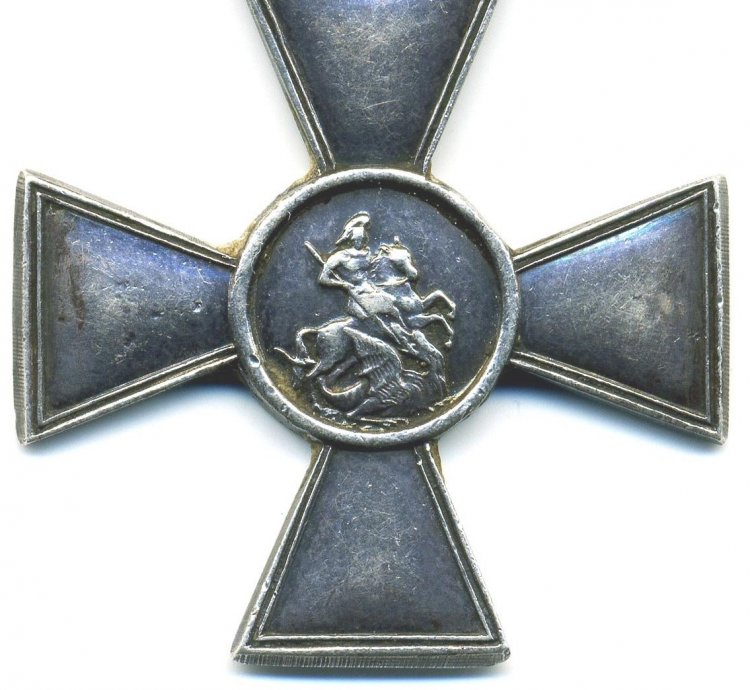
Few people, even the fans of crosswords, know that phaleristics is not only collecting of badges, orders and medals, but the historical science that studies these badges and medals as well. On February 25 (February 13 under the Julian calendar), 1807 the merit badge of the Order of Saint George for awarding non-commissioned officers, soldiers and seaman was approved. The decree said that “it was issued for awarding lower ranks for bravery in fighting the enemy.” The merit badge was to be worn on the ribbon of the same colors as the order. In 1913 this soldiers’ highest award received the name of St. George’s Cross. However, one can tell many interesting things about the order before that date. As the statute said, “this badge is awarded for courage only during combat actions, siege and defense of fortresses, as well in sea battles.” And it was really awarded at the battlefield. The first person to be decorated with it was non-commissioned officer of Chevalier Guards Yegor Matyukhin for fighting against the French in the Battle of Friedland, while Nadezhda Durova was the first woman, holder of this order. By the way, she is registered on the list of holders under the name of cornet Alexandrov. The holders of this merit badge enjoyed indemnity against corporal punishment, while award could be taken away from them only in court and with mandatory notification of the emperor. When founded, the cross had no classes or grades, which were introduced in 1856. There were four of them. Among the full cavaliers of St. George’s Cross, there are Semyon Budyony and Vasily Chapayev. Moreover, Budyony was decorated with this order five times, yet his first cross of the 4th grade was taken away from him for physical assault at a superior in rank. In 1917, the Soviet authorities abolished St. George’s Cross along with other orders of the Russian Empire. The last cavalier of the award was Pavel Zhadan who was decorated with it in 1920. It is not a mistake – he was awarded by General Wrangel for fighting against the Soviets.
























